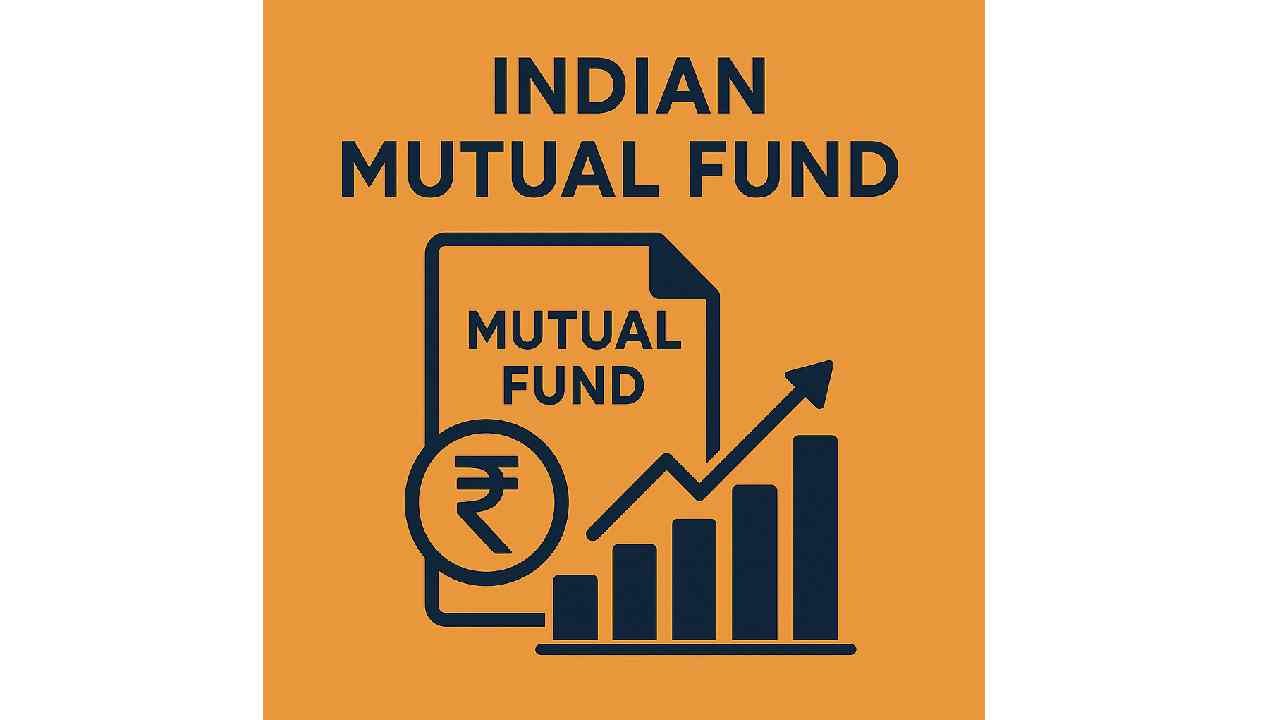When navigating the maze of mutual fund options, one size doesn’t fit all. Whether you’re just starting out or rebalancing an existing portfolio, understanding how different fund categories function is essential. In 2025, with market conditions evolving rapidly, it’s important to match your strategy to your financial goals—safely, smartly, and with an eye on opportunities.
Large-Cap Mutual Funds: Dependability Over Drama
Large-cap funds focus on India’s top-tier companies—the top 100 in terms of market value. These firms tend to have stable earnings, strong balance sheets, and established reputations, making them a go-to for risk-averse investors.
You’ll find three main approaches to investing in large-cap stocks:
- Actively Managed Funds aim to beat the market by picking ‘winning’ stocks. This approach comes at a higher fee and carries greater risk.
- Index Funds mirror a market index like the Nifty or Sensex. They’re passive, low-cost, and consistent.
- ETFs (Exchange Traded Funds) are similar to index funds but trade like stocks during market hours.
In earlier years, active large-cap funds offered slightly better returns. However, after SEBI enforced tighter investment rules in 2018—requiring large-cap funds to allocate 80% to top-100 companies—these gains have almost disappeared. Active managers have less wiggle room to outperform, and the results show: recent data reveals less than 0.3% annual difference between active and passive options.
For investors prioritizing reliability over aggressive returns, index funds present a smarter choice today.
Index Funds vs ETFs: Which Way to Go?
Although ETFs might look cheaper upfront, hidden costs such as brokerage fees, transaction taxes, and demat account maintenance can erode their advantage. Traditional index funds, on the other hand, can be accessed easily via mutual fund platforms or directly through fund houses—no demat account needed.
Also, ETFs involve the added uncertainty of market liquidity. While popular ETFs usually have buyers, the process isn’t always smooth, especially in volatile conditions. Index funds are simpler and better suited to most individual investors.
Sensex vs Nifty: Which Index to Follow?
While both indices are reputable, the Sensex—with its 30 companies—offers focused exposure without sacrificing too much diversification. Interestingly, over a 10-year period, Sensex has slightly edged out the broader Nifty (50 companies) in performance. Simplicity and lower overlap make Sensex-based funds a compelling pick.
Recommended Large-Cap Index Fund for 2025: UTI Sensex Index Fund – Direct Plan (Growth)
Why it stands out:
- Low expense ratio (competitive within its category)
- Reliable tracking of Sensex performance
- Strong brand and investor support
Large & Mid-Cap Funds: Where Strategy Meets Potential
Investors in their 30s or 40s often seek a balance between growth and risk. That’s where large & mid-cap funds shine. By investing across 250 companies—from market leaders to emerging contenders—these funds provide both stability and upside.
These funds offer flexibility to fund managers, enabling them to spot opportunities across sectors and market segments. Over the past five years, many large & mid-cap schemes have consistently outperformed pure large-cap options, proving their worth for goal-based investing.
2025 Pick: SBI Large & Midcap Fund – Direct Plan (Growth)
Why we chose it:
- Longstanding performance record post-2017 reclassification
- Reasonable expense ratio
- Consistently beats its benchmark over rolling time frames
ELSS Funds: Saving Taxes with Structure
Equity Linked Saving Schemes (ELSS) are great for individuals looking to reduce taxes while building wealth. With a mandatory lock-in of three years, they instill investment discipline and discourage impulsive withdrawals.
Best suited for:
- New investors planning for goals like home purchase or retirement
- Taxpayers under the old regime using Section 80C benefits
- Individuals who tend to exit investments too early
We evaluated ELSS funds based on rolling returns, stability, cost, and overall fund management quality.
Best ELSS Fund for 2025: Canara Robeco Equity Tax Saver – Direct Plan (Growth)
Why it works:
- Delivers steady performance in both bullish and bearish phases
- Expense ratio among the lowest in category
- Moderate risk profile, suitable for first-time investors
Mid-Cap and Small-Cap Funds: Proceed With Caution
Mid-cap funds invest in the 101st to 250th ranked companies by market size. This might seem like an ideal sweet spot between stability and growth, but the reality is more complex. The limited stock pool restricts manager choices, and recent returns haven’t been encouraging—over 80% of mid-cap funds underperformed their benchmarks in the last three years.
Small-cap funds, while even more expansive in company selection, come with high volatility. The sector is currently trading at expensive valuations, and the historical underperformance of 80% of active small-cap funds doesn’t inspire confidence.
In both cases, a cautious investor would be better off skipping or waiting for better entry points.
Silver: A Sparkling Alternative to Gold
Gold often gets all the attention in portfolios, but silver has quietly proven itself as a viable hedge and diversification tool. It’s used heavily in industrial applications—from electronics to solar panels—and benefits from both investment and consumption demand.
Including silver in your portfolio (5–10%) can provide a buffer when equities are under pressure, and also tap into growth from emerging industries.
Options to Invest in Silver:
- Silver ETFs – The most convenient way to gain silver exposure. Traded on exchanges and backed by physical silver.
- Top Pick: Nippon India Silver ETF
- Tracks silver prices with minimal tracking error
- Reasonable expense ratio
- Backed by a strong fund house
- Top Pick: Nippon India Silver ETF
- Silver Mutual Fund of Funds (FoF) – Ideal if you don’t have a demat account.
- Top Pick: HDFC Silver ETF Fund of Fund
- Invests in silver ETFs
- Can be accessed like any mutual fund
- Top Pick: HDFC Silver ETF Fund of Fund
- Silver Bars or Coins – Available from banks and jewellers, though less practical due to purity and storage concerns.
- Digital Silver – Sold via platforms like Paytm and PhonePe. While easy to buy, fees and taxes make it costlier than ETFs.
Investing in silver through regulated financial products ensures transparency, purity, and ease of liquidity—all without the headaches of physical storage.
Liquid Funds: The Best Place to Park Short-Term Cash
Need a place to park funds for 1–3 months? Liquid mutual funds are the answer. They offer better returns than savings accounts, without the penalties and lock-in periods of fixed deposits.
These funds primarily hold debt instruments like Treasury Bills, Commercial Papers, and Certificates of Deposit—all with a maturity of less than 91 days.
Perfect for:
- Emergency funds
- Money set aside for near-term expenses (like travel, tuition, or medical)
- Waiting periods before reinvesting
Recommended Liquid Fund: IDFC Cash Fund – Direct Plan
Highlights:
- Prioritizes safety by allocating heavily to government and bank-issued instruments
- Among the lowest expense ratios in its category
- Consistently delivers better returns than savings accounts
Final Thoughts
Successful investing isn’t about chasing the next big thing—it’s about aligning your choices with your life goals. Whether it’s the steady hands of large-cap index funds, the calculated risk of large & mid-cap picks, the structure and tax benefits of ELSS, or the overlooked potential of silver, each element plays a unique role in a well-rounded portfolio.
Stay diversified, review your choices annually, and don’t be afraid to adjust course as your financial journey evolves.







